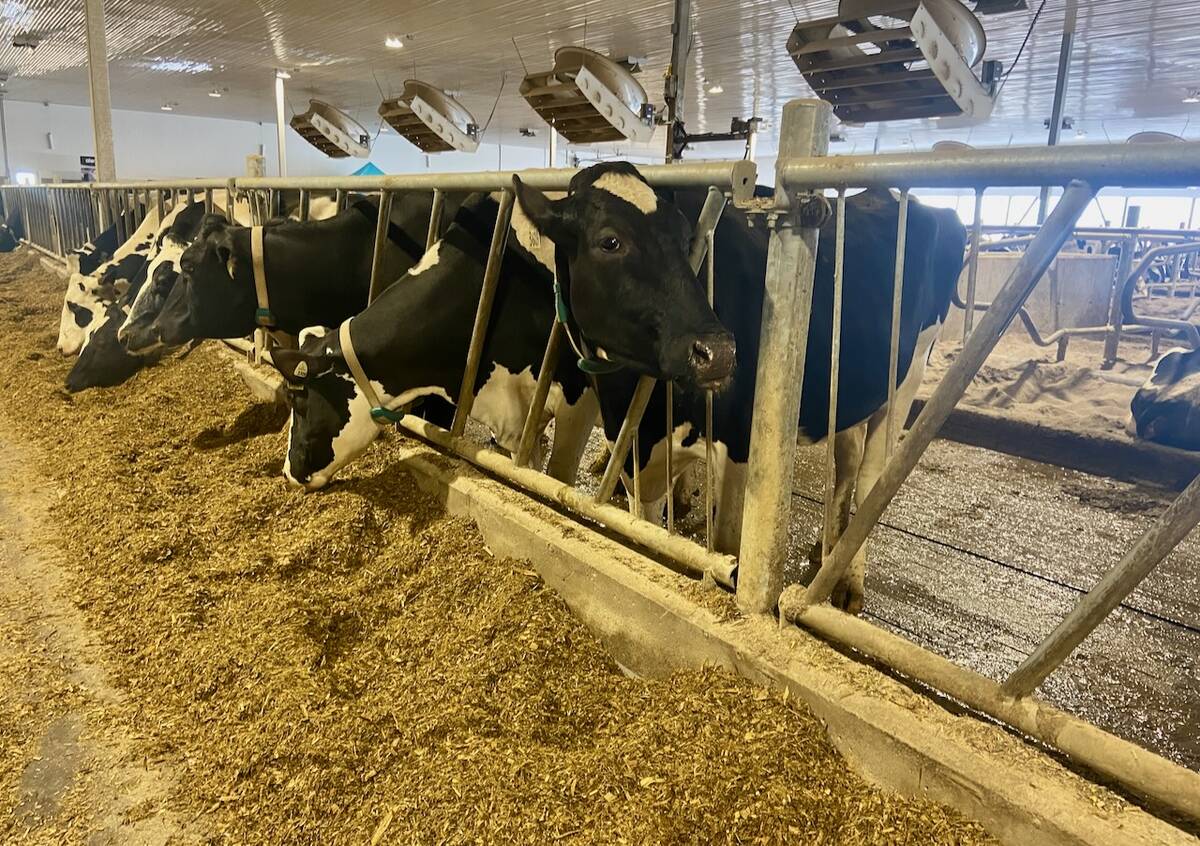RED DEER – Beef cattle that are exposed to sulfur dioxide during cold
weather are more likely to develop respiratory problems, tissue
inflammation and immunity problems, even at low levels of exposure,
according to a University of Alberta study.
Conducted by doctoral candidate Mila Komarnisky, the unpublished study
examined the health of cattle that were placed in a temperature control
chamber and exposed to various concentrations of sulfur dioxide for six
hours a day, five days a week.
Read Also

U.S. farm group supports supply management
U.S. grassroots farm advocacy group pushing new agriculture legislation that would move towards supply management like Canada has for dairy industry
Sulfur dioxide is a byproduct of flaring, a process used by the oil and
gas industry to get rid of excess gas at well sites and convert
hydrogen sulfide into sulfur dioxide, a less dangerous compound.
The study revealed a number of findings. First, animals exposed to
concentrations of sulfur dioxide required more energy.
“The increase in heat production indicates that exposed animals require
higher energy under exposure,” Komarnisky said during a presentation at
the Clean Air Strategic Alliance conference in Red Deer.
Cattle also developed respiratory problems and tissue inflammation,
even at low levels of exposure.
Komarnisky’s research found potential immune response difficulties,
possibly due to damaged pulmonary cells following exposure to harmful
air borne chemicals.
The cattle were exposed to sulfur dioxide amended air ranging from zero
to 20 parts per million at various temperatures.
This is the first SO2 exposure study conducted under simulated Alberta
climatic conditions.















